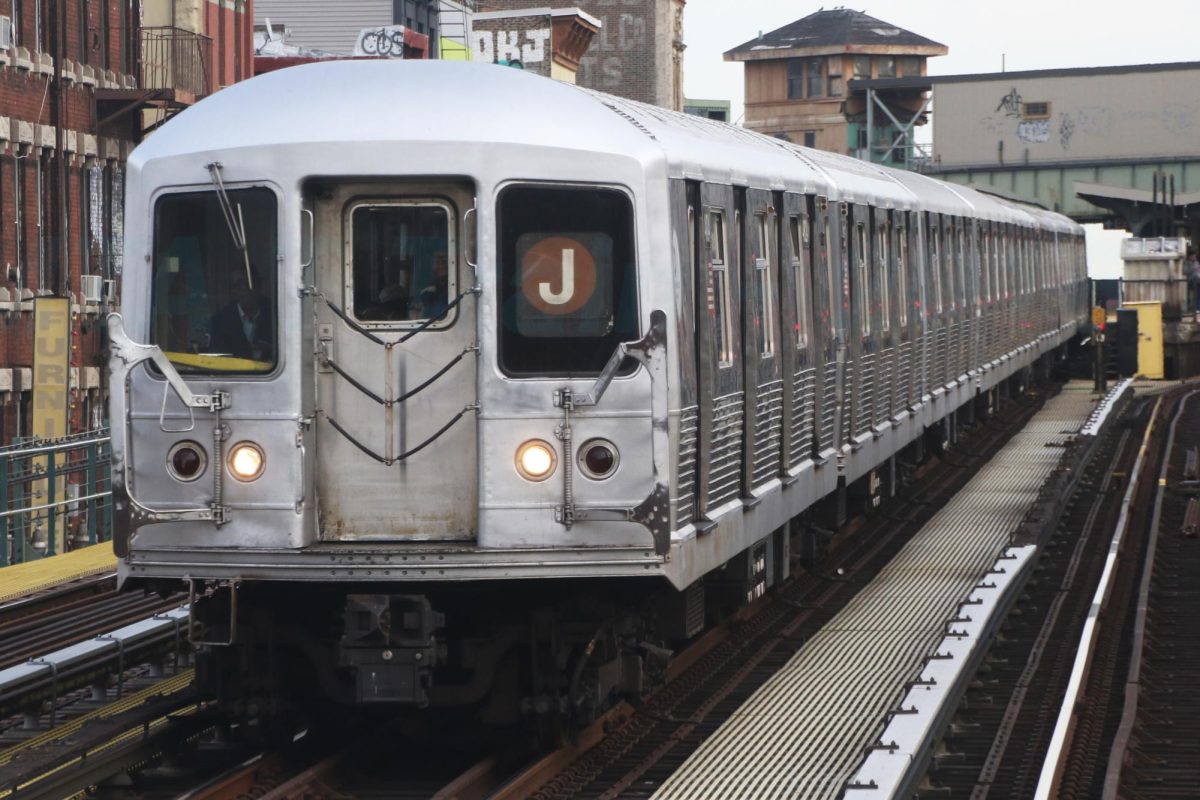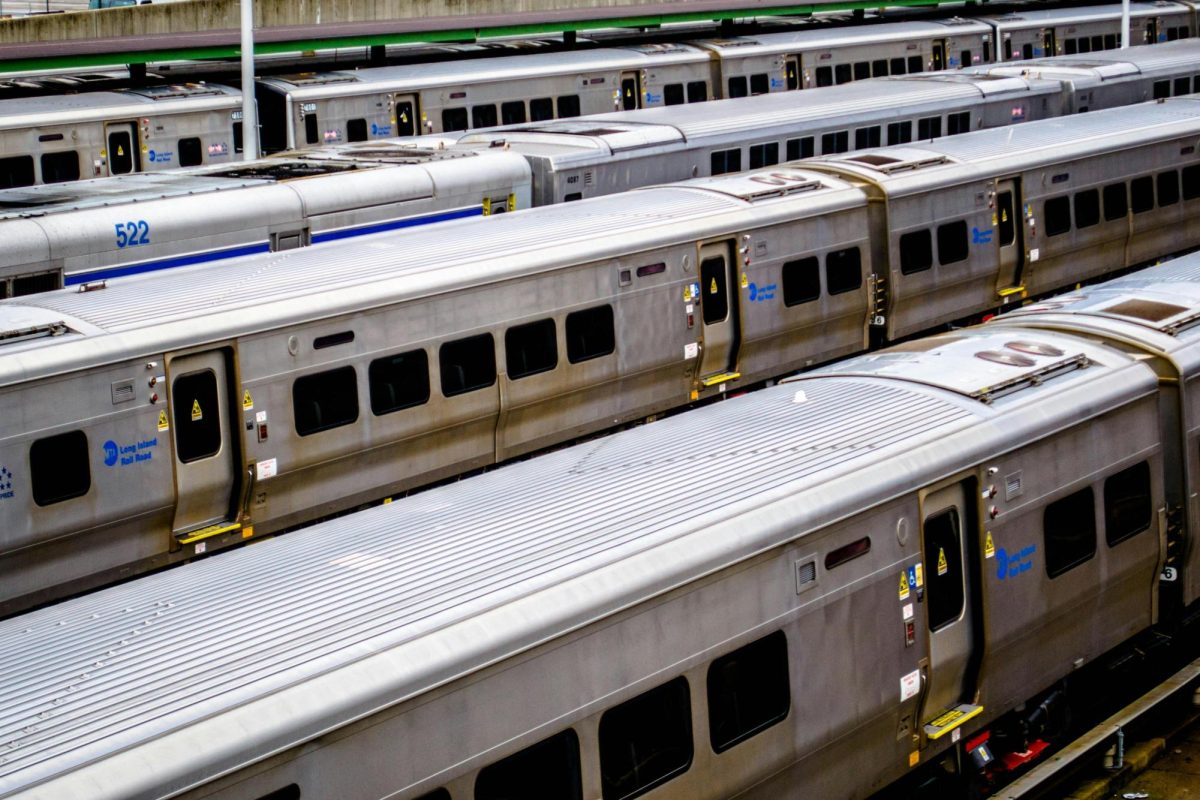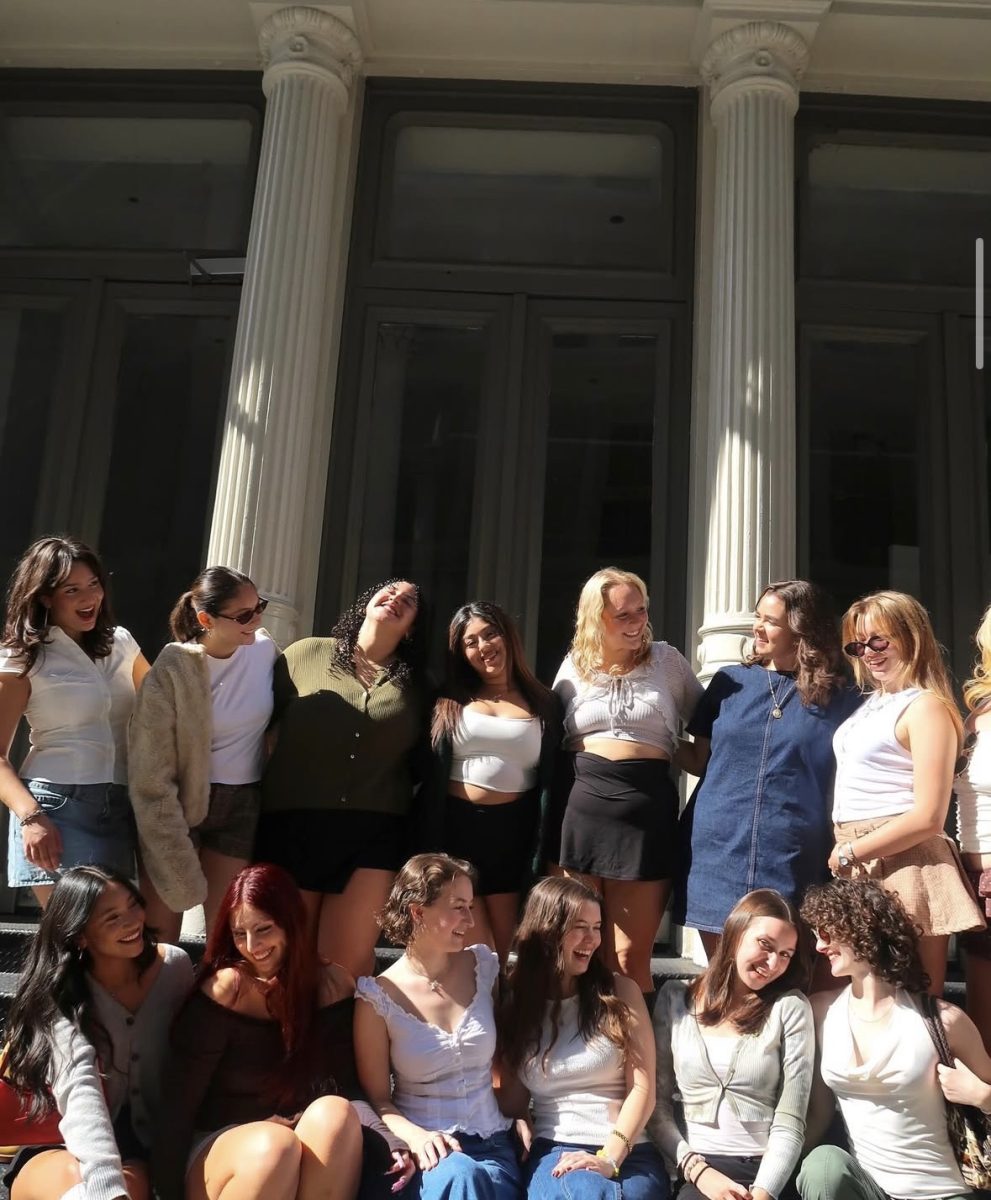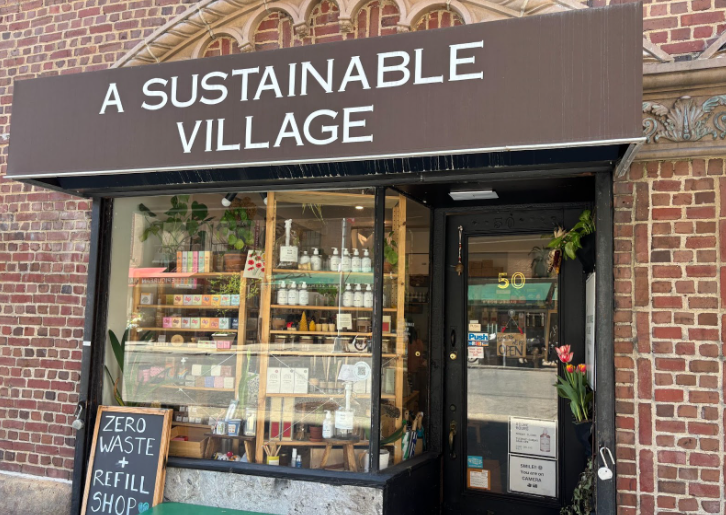When Malaysia Goodwin died after falling down the stairs at the Seventh Avenue station on Jan. 29 while carrying a baby stroller, the issue with accessibility in subway stations sparked a conversation between the city government, the MTA, and New Yorkers.
Out of the 472 subway stops in New York City, only a quarter of them have elevators, and many of those are likely to be out of service. New York City Council Speaker Corey Johnson tweeted, “The lack of accessibility in our subways is literally killing people.”
Goodson’s death drew attention to the inaccessibility present within the subway system. The MTA issued a statement regarding their Fast Forward Plan that “acknowledges and prioritizes this work as one of four key priorities, and aims to ensure that riders will never be more than two stops away from a station with an elevator.” The plan will add 50 elevators over the next five years and rides “will never be more than two stops away from a station with an elevator” their statement concludes.
University Sophomore Owen McGonigle said, “As a frequent user of the MTA, and someone who sees the masses of individuals who also use the MTA system, I feel that elevators at every station possible is vital and needed in our system. There have been many occasions that I have desired the presence of an elevator due to things I may be carrying, or injuries I may have been through. With that being said, imagine someone who is disabled, but needs to travel throughout the city.” He continued, “Are we okay with imagining a disabled individual struggling down or up a staircase? Stations should be handicap accessible. Deaths due to lack of accessibility in stations should not occur.”
New York State Senator Brad Hoylman made a statement on Jan. 30 following Goodson’s passing at the Senate transportation Committee hearing. “At my urging, the MTA has committed to looking into making accessibility improvements at the station where Malaysia Goodson died in my district. As a parent who navigates our city’s subways with a stroller, I understand the urgency firsthand. It is unacceptable that a heavily trafficked station in Midtown Manhattan would lack a functioning elevator, and I’ll be counting the days until this project is completed. We can’t afford to wait.” Following his statement, the MTA considered urgent accessibility upgrades at the station.
The unfortunate accident also sparked discussion of accessibility within the University. Elevators on campus have been known to be less accessible. The long wait times and claims of “elevators dropping several floors” have been a topic of discussion among staff and students.
“I really wish they could have fixed certain elevators, or maybe added more of them instead of just painting them white,” said University sophomore Kat Zelaya.
Although the Student Accessibility Services on campus didn’t respond for a quote, their information page states what they provide for students. SAS provides “reasonable accommodations for the needs of students with disabilities”, according to their page on the University’s main website.
It also states, “Federal law, including the Rehabilitation Act and the Americans with Disabilities Act, both as amended, as well as state and local laws prohibit institutions of higher education from discriminating against students with disabilities.” It continues, “The Americans with Disabilities Act defines an individual with a disability as a person who has a physical or mental impairment which substantially limits one or more major life activities of the individual, has a record of such an impairment, or is regarded as having an impairment.”
This being said, the SAS page emphasizes “Personal attendants, individually prescribed devices, readers for personal use or study, wheelchairs, hearing aids, and other devices or services of a personal nature are the responsibility of the student, not the University.”
As construction in the University has come to an end, there is still elevator traffic, but more entrances that allow for less congestion. New York City and the MTA have become more conscious of the fact that the city, specifically subway stations, are less accessible for people with children, disabilities, or those needing an elevator for any particular reason. Student Accessibility Services is located at 156 William Street on the 5th floor.

Credit: Elizabeth Burger
















